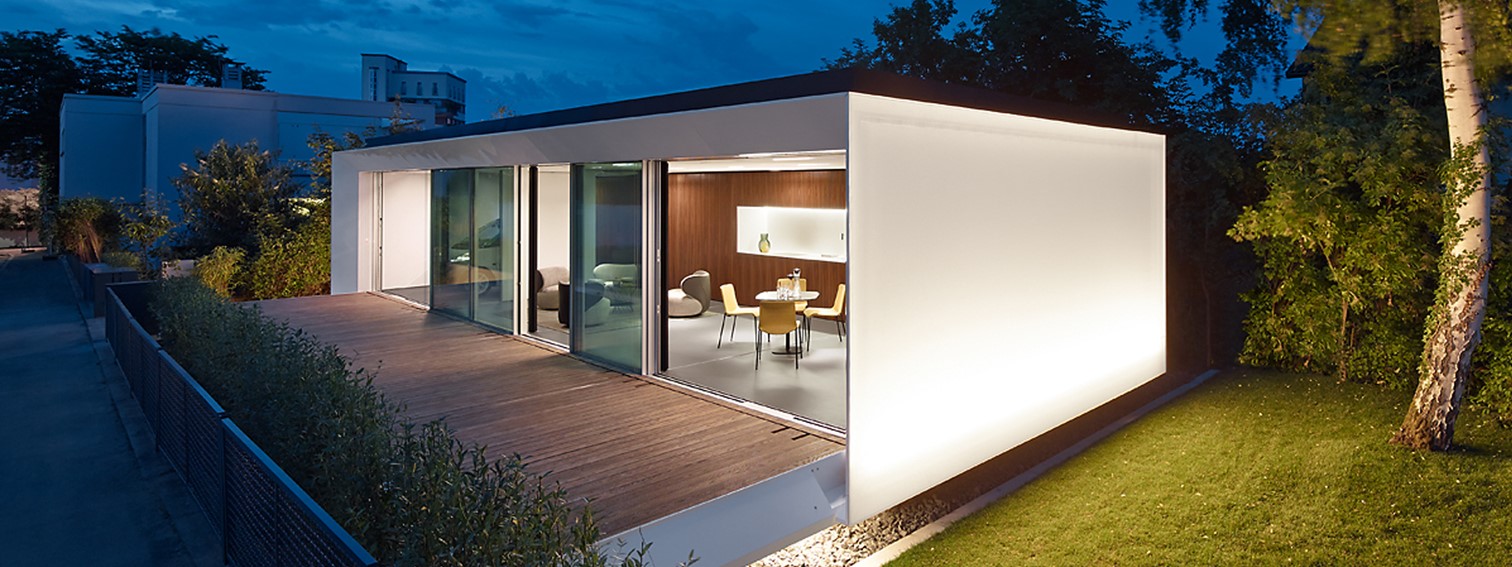Aktivhaus B10: lean and energy-efficient construction thanks to VIP
The Problem
Aktivhaus B10 is part of a research project which is investigating how innovative materials, construction methods and technologies can improve our built environment in a sustainable way. Thanks to an ingenious energy concept and forward-thinking, self-learning building controls the building creates twice its energy requirement from sustainable sources. The project is supported by the Federal Ministry for Traffic and Digital Infrastructure in Berlin. The provincial capital Stuttgart has provided the state-owned land for the realisation of the project for a period of three years. Consumption and energy production as well as a lot of other data that is relevant to building research was measured during the entire course of the project and evaluated scientifically at the Institute for Lightweight Design and Construction (ILEK) at Stuttgart University.
The highly efficient and simultaneously lean building shell that was required was made possible by the use of vacuum insulation panels.
The Solution
The ambitious objective of producing twice its own power consumption requires highly efficient building insulation. B10 was also planned within only a few months and pre-fabricated industrially as a wooden structure before being assembled on site within one day. Some of the various construction innovations in the building are e.g. the use of the high-performance vacuum insulation panel systems. The combination of the highest level of insulation and quick availability of the panels mean that all project requirements could be fulfilled. In order to achieve the best possible heat transfer coefficient the remaining areas to be insulated were laid with customized special elements. Wall and ceiling areas were fitted with an insulation layer of VIPs.
The Result
The special characteristics of the VIPs used are the 3 mm XPS lamination for the protection and further attachments of the VIPs and the quick availability. The extra robust insulation element was chosen as floor insulation. B10 uses minimal resources and is fully recyclable, like all research buildings designed by Werner Sobek. It thus fulfils the requirements of the Triple Zero Standard: the building produces more energy than it requires itself (zero energy), does not cause any emissions (zero emissions) and can be returned to the materials cycle without residues (zero waste). The building is opened to the public at regular intervals. For further information on the project go to the project website: www.aktivhaus-b10.de
Case study provided by Porextherm
Download the document
pdf – 465 KB


